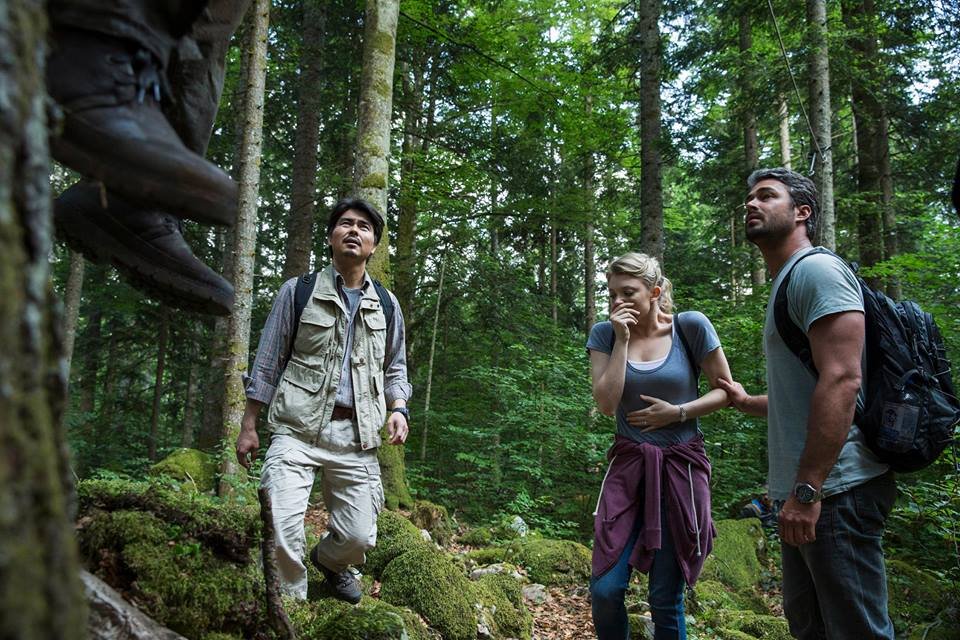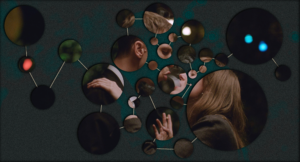Horror movies are hard to get right, often in danger of becoming a string of clichés and cheap scares. Unfortunately, 2016’s first horror flick, The Forest, director Jason Zada’s first feature film, falls into this category. Though its setting is interesting – Aokigahara Forest, a real location in Japan known as a popular suicide spot – the film is not.

IMDb
The story focuses on Sara Price (Natalie Dormer), who receives a call reporting the possible death of her twin sister, Jess, who disappeared into Aokigahara. Sara boards a flight to Japan, convinced her sister is still alive and determined to find her. She meets a travel reporter named Aiden (Taylor Kinney) at the hotel her sister stayed at before venturing into the forest. Aiden offers to let her accompany him and Michi (Yukiyoshi Ozawa), a forest guide, on the condition that he may write an article on Sara’s search for her sister. All three set out into the forest the next day, and upon finding Jess’s empty tent, Sara resolves to stay the night in the forest to wait for Jess’s return, despite warnings from Michi about the forest playing tricks on the mind. Throughout the night and into the next day, the dark forces of the forest reveal themselves, and Sara becomes increasingly unhinged.
The concept behind the film is promising; Aokigahara is both culturally and historically fascinating (if somewhat controversial due to the delicate nature of suicides). However, the plot falls short and wastes what could have been an excellent horror film. A collaborative effort between screenwriters Ben Ketai, Nick Antosca, and Sarah Cornwell, it relies on standard, formulaic horror movie benchmarks. Tragic backstory: check. Protagonists turning on each other in a survival situation: check. Foreign country with ancient folklore ghosts: check. Blonde women screaming and running through forest: check. Creepy Japanese schoolgirl: check. The dialogue at times sounds like a parody of itself, as it repeatedly is used spell out situations to the audience in an almost patronizing manner.
The forest is a beautiful location for filming, and Zada does it justice with numerous wide-angle and overhead shots of the trees. But however stunning his cinematography may be, Zada fails to make the forest feel creepy or unsettling, and the result ends up resembling something closer to a nature documentary. As a whole, the film lacks refined horrors. It instead relies solely on jump-scares — lazy but effective — to shock the audience. Sometimes this tactic works — the scene in which ghosts attack Sara in an underground cave stands out as the best moment of well-crafted horror in the film. Most of the time, however, these scenes seem out of place within the plot, as when an old lady jumps out at Sara as she walks down a dark hotel hallway.
Most of the actors are fairly wooden, with two exceptions: Ozawa, who gives a credible performance to a relatively one-dimensional character, and Natalie Dormer. Dormer does her best with the lines that are given to her, and succeeds at the challenge of playing two characters within the same movie. She does what she can to make the character of Jess (who, like most horror movie heroines, suffers from crippling bad decision making) likable, managing this through her portrayal of the emotional closeness between the two sisters. Because of the mediocre quality of the dialogue, Dormer shows off her acting chops best in her scenes without any, and appears convincingly terrified as she runs through the forest.
The Forest will probably become one of those horror films that gets lost among the other also-rans on Netflix. Though not brilliant by far, it features decent cinematography and some passable performances. It might do the trick of entertaining you through — either terror or laughter — and just might get your heart rate up once or twice.




